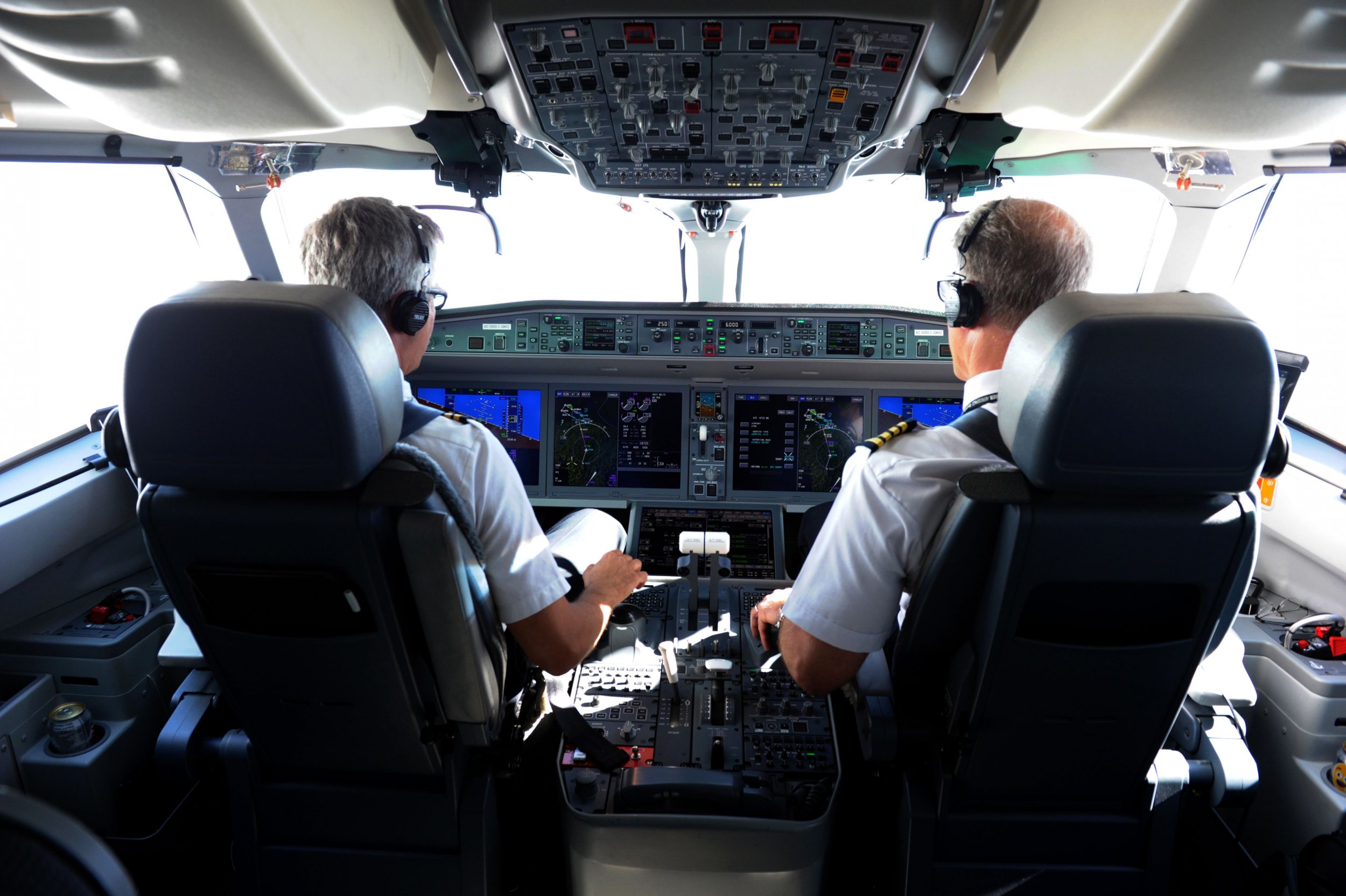
On Sunday, a pilot successfully landed a plane at a Peru airport without front wheels after a gear failure, saving the lives of all 59 passengers and five crew members.
Footage from the emergency landing shows the LC Perú plane coming in for a landing with only its rear wheels deployed and on the ground. The pilot gently points the nose of the plane towards the runway and upon touching the ground, flames and sparks are seen coming from the bottom of the plane.
After continuing down the runway, the plane came to a stop, and the Independent reported all 59 passengers and five crew members were unharmed in the emergency landing. Emergency rescue vehicles were on site and rushed to the plane after it successfully stopped on the tarmac.
The plane took off from Jorge Chavez International Airport in Lima, Peru, according to the Independent and was on its way to its destination in Ayacucho, Peru, about 340 miles away, when the problem with the landing gear was detected. The pilots flying the plane decided to return to Jorge Chavez International Airport, where the plane made its emergency landing.
A statement from the airline explained that the crew followed procedures that were in place for these types of situations and did so without encountering major complications. The airline added that the plane, a Bombardier Dash 8 Q-402, is the latest model and had all the security certifications required by the Federal Aviation Administration and the Directorate General for Civil Aviation.
Sunday's landing is called a "belly landing," also known as a "hard landing," and Popular Mechanicsexplained that pilots prepare for the moment a plane's landing gear fails by studying flight mechanics and practicing in simulators. However, the procedure is one every pilot hopes they never have to do because one false move can lead to tragedy. The goal is to approach the landing space as slowly as possible, brace for impact and land the plane as softly as possible on the ground.
In March, a C-5M Super Galaxy plane used for transporting military personnel and cargo, was on a routine training mission over Alamo, Texas, when the crew realized a problem with landing gear, according to MySanAntonio.com.
As the plane approached its landing at Joint Base San Antonio-Lackland, the nose gear failed to lower and the crew declared an in-flight emergency. Fortunately, the pilot was able to guide the massive plane down from the sky and slowly lower the nose to the runway without injuring any of the people on board.
About seven months before the incident, the Air Force ordered all C-5 cargo planes to be grounded so the screwball assembly, which is located in the nose landing gear, could be replaced in all 56 planes to prevent the potentially fatal problem in the future.
An investigation is being conducted as to why the LC Perú plane's landing gear did not function properly and the plane was taken away to be inspected.
Uncommon Knowledge
Newsweek is committed to challenging conventional wisdom and finding connections in the search for common ground.
Newsweek is committed to challenging conventional wisdom and finding connections in the search for common ground.
About the writer
Jenni Fink is a senior editor at Newsweek, based in New York. She leads the National News team, reporting on ... Read more
To read how Newsweek uses AI as a newsroom tool, Click here.








